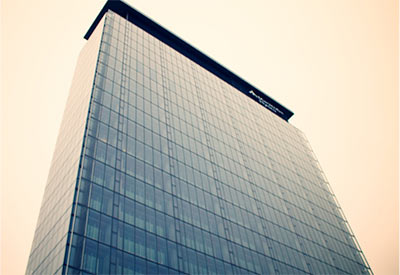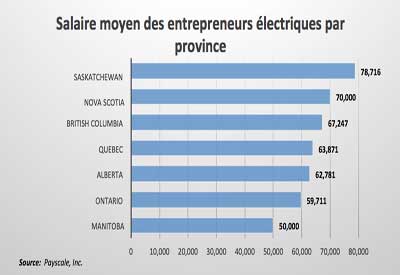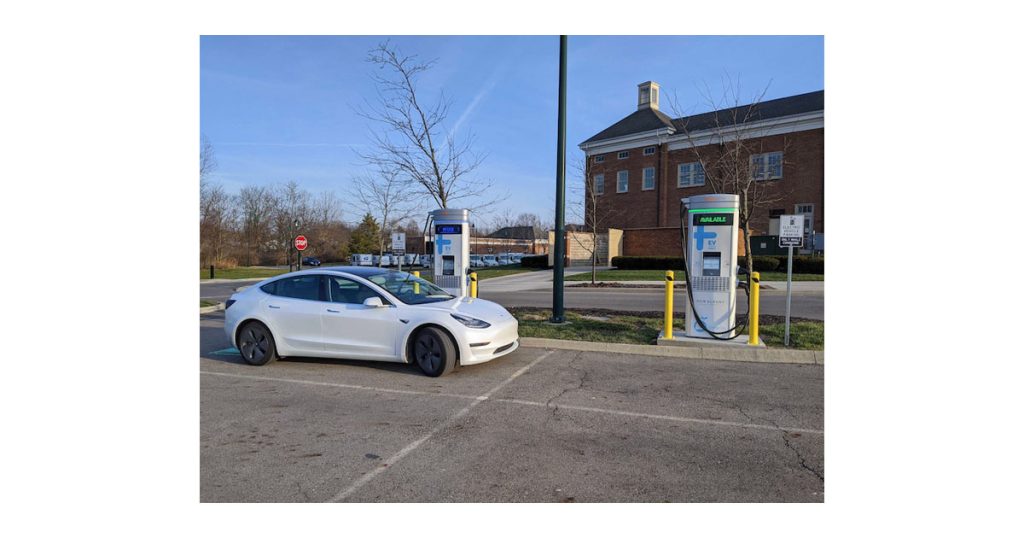Tendances du bâtiment durable au Canada

En 2014, le CBDCa a commandé une étude à McGraw Hill Construction qui a porté sur la croissance actuelle et projetée, les déterminants et les obstacles des bâtiments durables et leurs incidences pour les locataires et les occupants. Le rapport qui en a découlé est intitulé Canada Green Building Trends : Benefits Driving the New and Retrofit Market et il est le premier de ce genre au Canada.
Parmi ses nombreuses conclusions, il démontre que les entreprises qui investissent dans des bâtiments durables retirent d’importants dividendes de leurs investissements :
• 82 % des propriétaires d’immeubles et des promoteurs immobiliers ont fait part d’une diminution de la consommation d’énergie de leurs bâtiments durables par rapport à d’autres bâtiments semblables.
• 68 % des propriétaires d’immeubles et des promoteurs immobiliers ont fait part d’une diminution de la consommation d’eau dans leurs bâtiments durables.
• La réduction médiane des coûts d’exploitation sur cinq ans des bâtiments durables des firmes ayant participé à l’étude s’établit à 17 %.
• Le délai de récupération médian des investissements dans un nouveau bâtiment durable s’établit à huit ans, selon les firmes ayant participé à l’étude. Ce résultat correspond aux délais de récupération déclarés dans les études réalisées par McGraw Hill aux États-Unis et ailleurs dans le monde.
Les résultats initiaux de cette étude ont été présentés à Bâtir un changement durable 2014. Nous avons maintenant le plaisir de rendre public le rapport complet.
Photo: Manitoba Hydro à Winnipeg
Pages et le sommaire, cliquez ici dès maintenant.
According to an industry survey by McGraw Hill Construction and the Canada Green Building Council (CaGBC), energy-efficient buildings cost more to make but less to operate. With the life cycle of a typical office building pegged at 40 years, those who go green can expect a return on investment of 400 to 500%.
The report, Canada Green Building Trends: Benefits Driving the New and Retrofit Market, is the first of its kind in Canada. Canada’s green building market is vigorous and growing, the report says. Activity is being driven by the market and the benefits that accrue from good sustainable building practices.
Among its many findings, the report demonstrates that companies that investors in green buildings are seeing significant dividends. For example:
• 82% of building owners and developers reported decreases in energy consumption in their green buildings compared to similar buildings
• 68% of building owners and developers reported decreases in water consumption in their green buildings
• The median reduction in operating costs over five years for green buildings reported by the firms included in the research is 17%
• The median payback for the investment in a new green building is reported to be eight years, a finding consistent with paybacks on studies McGraw Hill has conducted in the U.S. and globally.
Manitoba Hydro Place in Winnipeg, MA is just one example of innovative energy-efficient building practices. Opened in 2009, the 695,000 sq ft tower cost $278-million. A key challenge in building a sustainable office building in Winnipeg are the special design and technological considerations due to the city’s “extreme” weather — meaning that spread between its hottest and coldest day is greater than it is for cities in much of Europe, Asia and North America. The architects found climate-appropriate engineering inspiration in Manitoba’s history, drawing on indigenous architecture, notably the ventilation techniques used in tepees, and married it with new technology, notably a “building management system” that draws on 25,000 sensory inputs to manage the building’s interior climate.
The signature innovation in Manitoba Hydro Place, however, is its 24-metre waterfalls. The architects wanted to pay homage to the company’s hydraulic dam legacy, but did not want to introduce a costly water feature for merely aesthetic purposes. So they worked backwards from their desired result — a functional waterfall — and discovered that by adjusting the water’s temperature they could control moisture levels in the air — a tremendous asset for a city not unfamiliar with muggy summers or bone-dry winter air.











